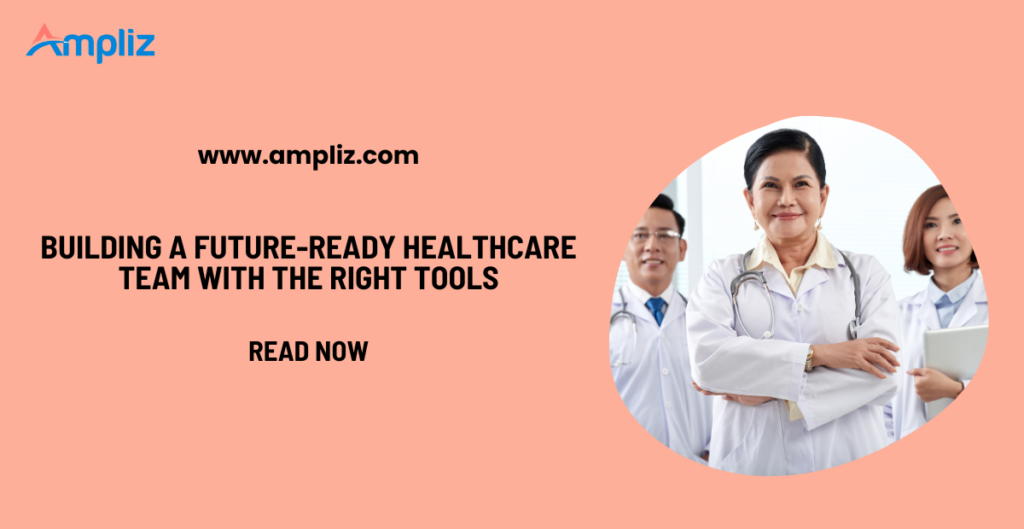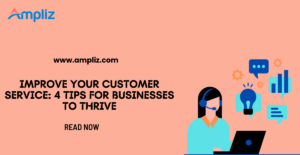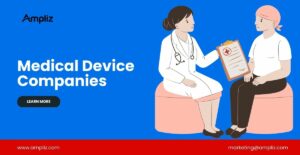You are probably already planning for the future: more patients, tighter regulations, greater expectations. But no matter how solid your goals are, your healthcare team will need the right tools to get there. It is not just about keeping up. It is about giving your staff the support they need to stay efficient, connected, and focused.
Choosing the right tools is one of the most practical ways to improve care quality and staff performance at the same time. It helps cut down on time-wasting tasks, streamlines communication, and builds a stronger day-to-day workflow.
This article looks at the seven most useful tools that can help you prepare your team for what is coming next.
Centralized Scheduling and Task Management Tools
A reliable scheduling tool is essential. Without it, managing shifts, patient visits, and staff availability quickly turns into a chaotic process. Modern task management tools do more than just set schedules. They offer real-time updates, allow for last-minute changes, and help track who is doing what.
This gives managers more control and helps reduce common issues, such as double bookings, missed visits, or unnecessary overtime. It also ensures a fair and balanced workload across the team. Look for systems that sync with mobile devices so team members always know what is coming next, wherever they are.
Software for Home Health Services
In-home care requires tools designed for the real-world needs of caregivers. Providers need to document visits quickly, update care plans in the field, and stay compliant without added stress. The right software for home health supports all of this while keeping things simple and efficient.
These platforms often include GPS-based visit verification, mobile charting, and offline access so staff can work even without a stable internet connection. They are built to handle both skilled and non-skilled care and can be customized to align with your agency’s workflow.
With features like integrated e-faxing and support for managing multiple offices, these tools help reduce paperwork and improve day-to-day operations, allowing your team to focus more on patient care.
Mobile-Friendly Documentation Systems
Clinical documentation is necessary, but it often takes up too much time. Tools that allow staff to document care on mobile devices can save hours each week. These systems should enable caregivers to record notes during or immediately after a visit, attach files, access patient history, and review care plans, all in one place.
When documentation tools are simple and fast, the quality of data improves. It also means fewer errors and a more accurate record of care. This is especially important in time-sensitive situations or when multiple team members are involved in treating the same patient.
Communication Tools for Instant Collaboration
Team coordination depends on quick and clear communication. That is why having secure, healthcare-specific messaging or chat tools can make a huge difference. These tools enable team members to share updates, confirm appointments, report urgent concerns, and check in with colleagues without relying on outdated methods such as phone tag or handwritten notes.
Many modern platforms include alerts, message logs, and built-in permissions to make sure communication is both timely and compliant with privacy regulations. And when everyone is informed, the care becomes smoother, faster, and more reliable.
Even the best tools are useless if your staff does not know how to use them properly. A digital training and onboarding platform helps bring new hires up to speed faster and supports continuous learning for existing staff.
Digital Training and Onboarding Platforms
These platforms allow for role-based training, regular updates, and quick refreshers whenever needed. They also help ensure compliance with required certifications and protocols, which protects both your team and your organization.
Providing access to training materials anytime and anywhere makes it easier for busy teams to stay informed without having to step away from their duties.
EMR and Patient Information Management Systems
A reliable Electronic Medical Record system brings all patient data into one view. This includes visit history, medication details, allergies, care plans, and other relevant information. When your team can easily access and update this information, they avoid duplicate work, reduce errors, and improve care coordination.
The best EMRs are user-friendly, mobile-accessible, and able to integrate with other tools, such as scheduling systems and billing software. Having one consistent source of patient information also means fewer communication gaps between different providers.
EMRs also support documentation for audits and help maintain compliance with data protection laws, which are critical in regulated healthcare settings.
Final Thoughts
Helping your healthcare team succeed is not about adding more pressure. It is about removing the blocks that slow them down. When you choose tools that fit their needs and make their work easier, they are free to focus on what matters most: patient care.
Invest in systems that support your team, not just manage them. That is how you create a healthcare workforce that is ready for the future, resilient, skilled, and prepared to deliver their best every day.



